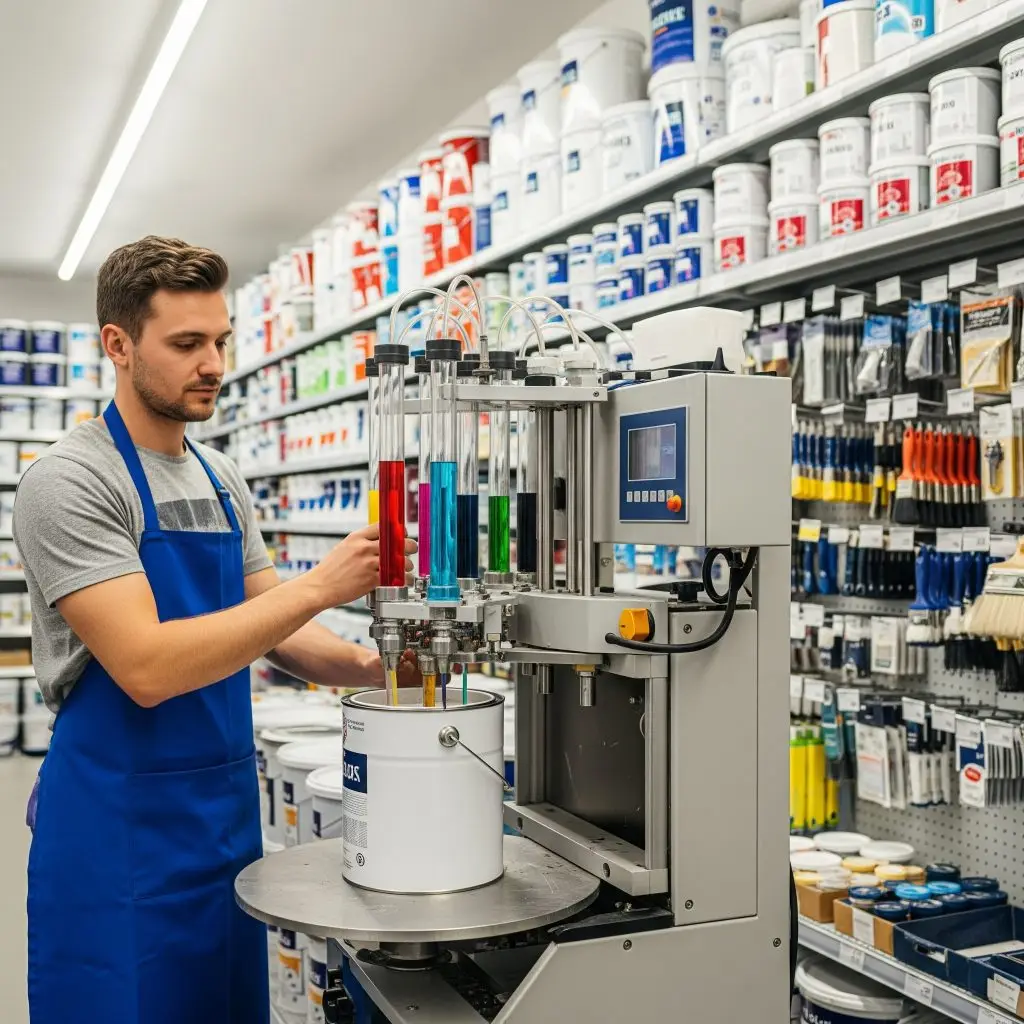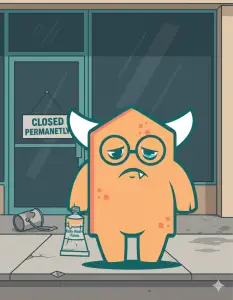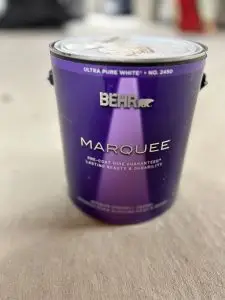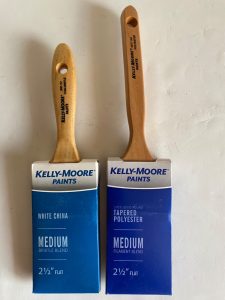If you’ve ever felt overwhelmed deciding on a paint brand or at the other end of the spectrum – didn’t care and just wanted to get the job done – you’re not alone. Take it from someone who’s mixed, matched, and tested more color chips than I care to admit—even after years in the world of samples and swatches, every new project reminds me just how personal, unpredictable, and nuanced paint can be. The variables are endless and maddening.
Let’s talk honestly: not all paints are created equal, and the story goes much deeper than what you see on the front of the can. In this “starter” article, my aim is to help you understand why those differences exist—not just on technical grounds, but in ways that matter to your home, your creative process, and even your wallet. In follow-on articles we will get into the nitty-gritty of how paints are formulated, why certain colors look richer or need fewer coats, and what makes “your color” look so perfect in one brand—but just off in another.
My goal is to give you insight into brands, and why they do things so differently, and more importantly, how matching between brands is actually possible!
Why Paint Brand Differences Matter to Real People (Like Us)
When you grab a gallon of paint, what you’re really doing is buying into an entire philosophy: every brand brings its own approach to how paints are mixed, colored, and tested. These choices affect:
- The richness and stability of your chosen color (the big reveal at the end of the roller – after drying. This after drying this is SOOOO important).
- Coverage and how many coats you’ll really need.
- How faithfully a color matches chip to wall, or wall to wall, even years down the road. The staying power of a color has a lot to do with paint quality. This is a huge mistake people make with ceilings buying cheap paint in flat white.
Quality comes down to the base—the starting “white” or “clear” foundation that ultimately receives the tint. Some brands invest in ultra-high-quality bases loaded with premium resins and finely ground pigments. Others—especially the bargain or “big box” brands—may use bases that rely more on fillers and less on high-end chemistry, meaning the final color might look muted or require extra coats for true coverage. Worse, these cheaper paints may change over time depending on the environment. (Including but not limited to humidity, and sun exposure.
There’s no one-size-fits-all answer. Sometimes you’re after affordability, sometimes color intensity, but understanding these brand-level philosophies will empower your choices.
The Secret Sauce: Base Quality, Colorant Systems, and Why Matches Aren’t Always “Matches”
If two paint brands use the “same” pigment number or a color formula that claims to match, the end result almost never behaves identically. Why?
- Proprietary vs Generic Colorant Systems: Some companies manufacture everything in-house: their own colorants and their own bases (Sherwin Williams is a great example of this, but there are many others I’ll get into). These proprietary systems are calibrated for pinpoint accuracy and tightly controlled. Others outsource or use third-party tinting systems—handy for retailers who want to cover all bases (pun intended), but it means the same color formula might turn out differently in practice.
- Base Chemistry and Consistency: Premium brands usually pair their color systems and bases for maximum compatibility. This means colors sit smoothly, resist fading or separation, and cover with fewer coats. However this also means that colors could vary even in the same brand given given bases. More generic brands/systems have to work with widely varying chemistry, making “locked-in” results hard to achieve. Precision is lost for generality and compatibility.
- Cross-Brand Mixing—It’s Not Just Plug and Play: If you were to take a paint formula from Brand A and have it mixed at Brand B’s counter, odds are good the result will look a little (or a lot) different, thanks to those unique colorant and base differences. This is maddening for home owners who don’t know what paint they have. a reason why dwellingmonster.com exists. This cross-brand mixing I will get deeper into this in other articles as there are a ton of ways to get super close.
How You’ll See This in Your Home
- Coverage: Higher solids in the base often means you can get away with one or two coats rather than three or more. It needs to be understood that there are no-primer paints out there. Behr is big on these, and they do work regardless of what a pro says – however they have drawbacks. If you don’t prime, the fact is, your going to do more than one coat even with these formulations. I personally have also found the texture of these one-coat paints super thick which can make getting a true smooth surface sometimes more difficult – but I have used them with success.
- Color Depth: A richer, better-matched base allows tints to “sing,” producing bold colors that last, saying this be vary careful with lighting. Looking at a paint color under store lighting will look very different than at home where the color temperature of the lighting is often much lower.
- Batch Stability: With well-matched systems, the color from one can to the next should be virtually identical—no surprises on touch-up day, however be very careful of sample sized cans. Typically mixing systems are exceptional at 5 gallon and 1gallon tinting. These small – several ounce cans are a problem to mix right, and will often differ from a full can.
This may sound technical, but here’s why it’s personal: the difference between repainting a whole room (a day project) and simply touching up a scratch (a 30 minute project) can come down to a manufacturer’s commitment to base and color quality.
Where We’re Going Next: Digging Into Brand Methodologies—And the (Occasional) Crossovers
If you’re still with me, here’s the most exciting part: this is only the start. In the articles to come, I’ll be rolling up my sleeves and diving brand-by-brand, exploring how each formulates its paint, where the lines cross over, and (sometimes) where a competitive color or formula almost translates brand-to-brand… but not quite. We’ll talk about why some brands “play nice” across retail counters, while others are much more closed systems, and how this affects your project planning and even your budget.
- Want to know which base and tint systems are totally proprietary? (And why pros chase after them?)
- Or who outsources their colorant chemistry, and how that affects your ability to color match between the local hardware and the specialty store?
- Curious how those differences show up in real-world situations—covering red walls with white, or picking a deep navy that actually looks like the sample two years down the line?
- Want to understand the true math of mixing to try and achieve the best results when you have to cross brands?
That’s all coming. If you stick around, you’ll get “under the hood” looks at brands’ formulation philosophies, their strengths, weaknesses, and a clear guide to their labeling which leads to which combinations really work—and which don’t.
So if you’ve ever wondered why your brushstrokes looked different from the Instagram sample, or why that “guaranteed” color match from the big box store missed the mark, you’re in the right place. Let’s start this paint journey together—from the foundation (pun intended).







